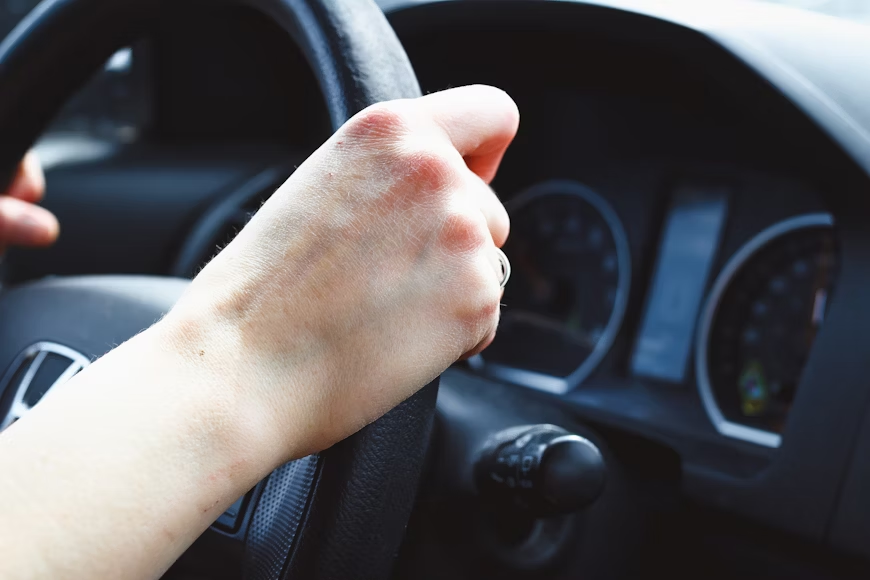How ADAS Technologies Are Redefining Road Safety
Road accidents claim millions of lives every year. Therefore, it is essential for society to find ways to reduce the rate of road accidents in order to save lives. Technology has been an important tool in solving some of the biggest problems in the world. Therefore, it makes sense that it is also instrumental in solving the challenge of road safety. Advanced Driver Assistance Systems (ADAS) are a technological solution for road security. These driving assistance systems have redefined the approach to road safety.
The meaning of ADAS
ADAS, known in full as Advanced Driver Assistance Systems, refers to a suite of technologies that are built to help drivers stay safe and get more informed on the road. ADAS basically works as a digital co-pilot for drivers. The basic functions of ADAS include:
- Providing drivers with lane departure warnings
- Detecting blind spots and notifying drivers
- Adaptive cruise control
- Lane-keeping assist
- Automatic braking during emergencies
- Parking assistance
- Using cameras and sensors to monitor the surroundings of a vehicle
How ADAS technologies are redefining road safety
ADAS technologies are transforming the element of road safety in the following ways:
Being the eyes for vehicles
Fundamental elements of ADAS technologies are sensors and cameras. These elements are used to continuously monitor the surroundings of a vehicle. This way, the technology can warn and provide drivers with critical information to prevent road accidents. For instance, there are ultrasonic sensors for parking assistance and providing warnings for lane departures. Basically, the cameras and sensors serve as the primary sources of data for ADAS that are redefining road safety.
The use of software algorithms for road safety
ADAS technologies rely heavily on sophisticated software algorithms for promoting road safety. These algorithms are used to process the data that is collected by the sensors and cameras. They use the data to interpret the conditions of the surroundings and make decisions that can prevent accidents. For instance, they can use information from cameras to make a slit-second decision to make an emergency brake.
The use of human-machine interface to facilitate driver-system interactions
ADAS systems use human-machine interfaces to facilitate the seamless interactions between drivers and the ADAS systems. They include elements like visual alerts, auditory signals, and haptic feedback to make sure that the driver is always informed and controlling every situation.
The use of radar technology for uninterrupted monitoring
One of the most critical elements of ADAS technologies is radar. Unlike standard cameras, radar technology is not typically affected by elements like lighting and weather. This allows the technology to gather data uninterrupted. Radar technology helps detect speed, distance, and the direction of moving objects. This helps allow for precise and timely responses to specific situations.
Adaptive cruise control for speed maintenance
ACC, known in full as Adaptive Cruise Control, is an ADAS technology used to maintain a set of speed. It automatically adjusts the speed of a vehicle so that it can maintain a safe distance from overhead vehicles. This helps reduce reliance on manual speed adjustments and prevent collisions.
ADAS technologies for parking assistance
ADAS technologies, like parking sensors and cameras, help drivers manoeuvre into parking spaces. They help make sure that drivers have the necessary visual assistance. They also provide audible alerts about obstacles and distance to enable effortless parking.
Conclusion
The key role of ADAS technologies is to enhance the safety of drivers and prevent accidents. ADAS applies a wide range of technologies like Adaptive Cruise Control, Lane Departure Warnings, Automatic Emergency Braking, Automatic Emergency Braking and more. These technologies work together to help ensure road safety and give drivers the easiest time on the road. The technologies are primarily dependent on data collection, which is done using radar tech, cameras, and sensors.







